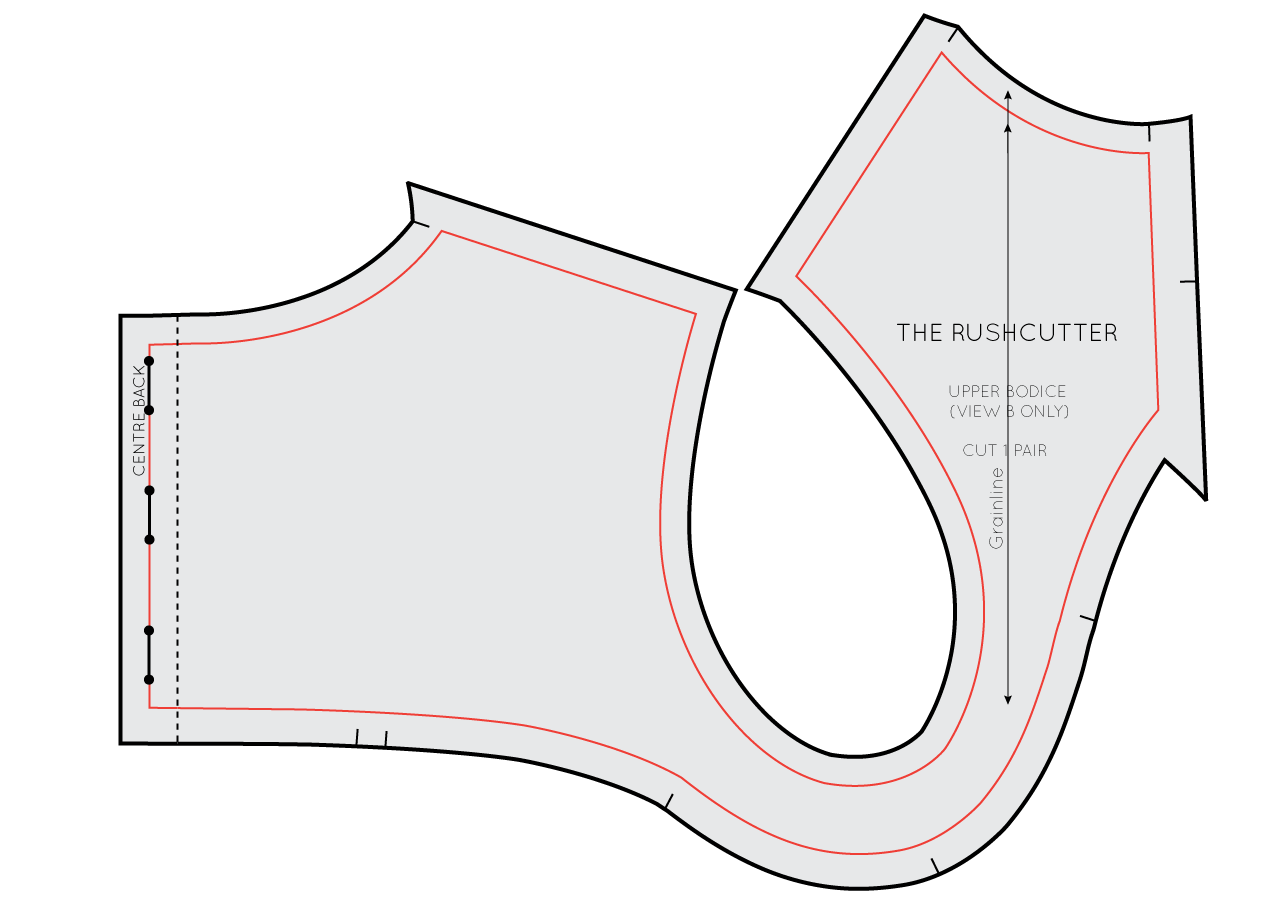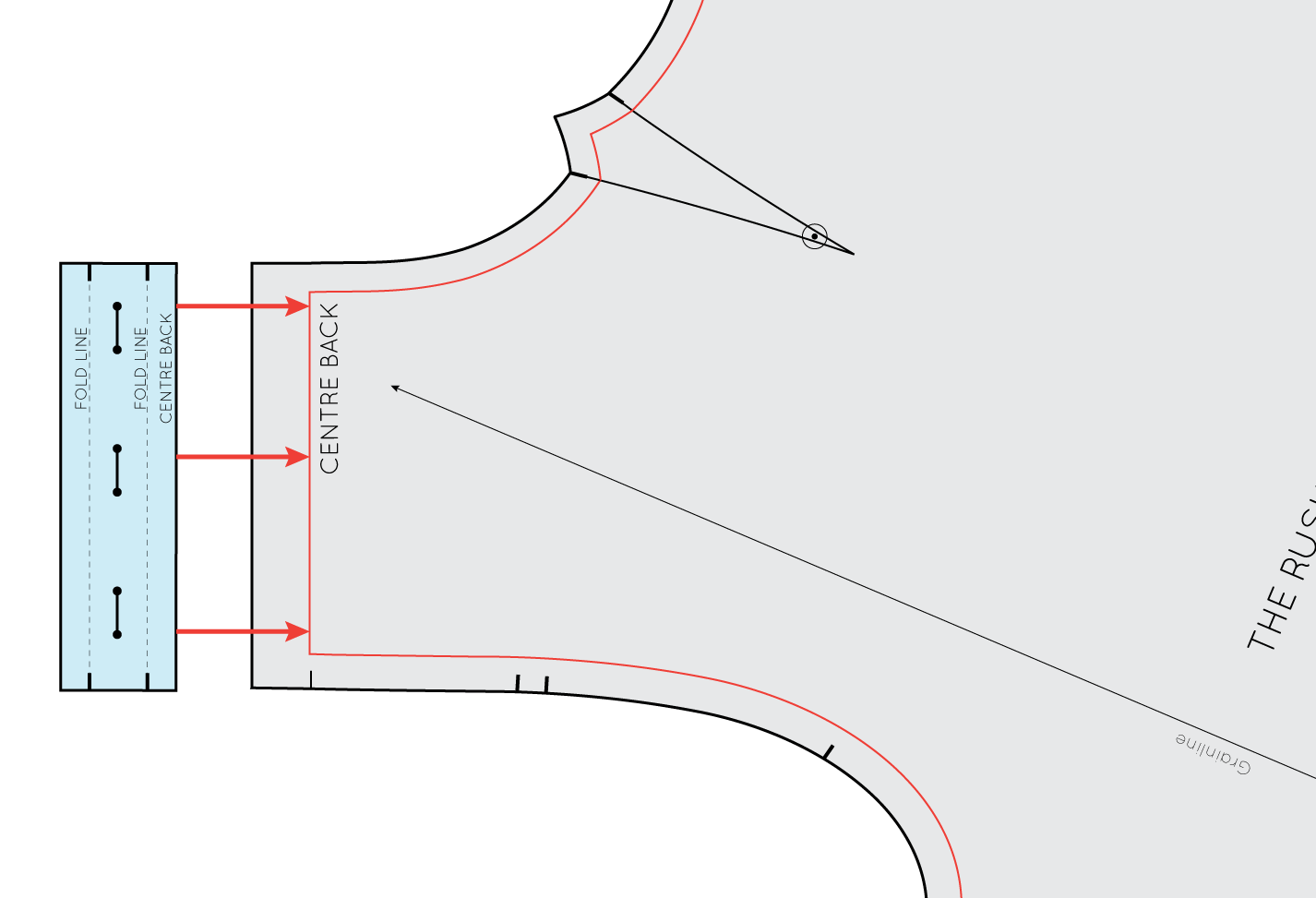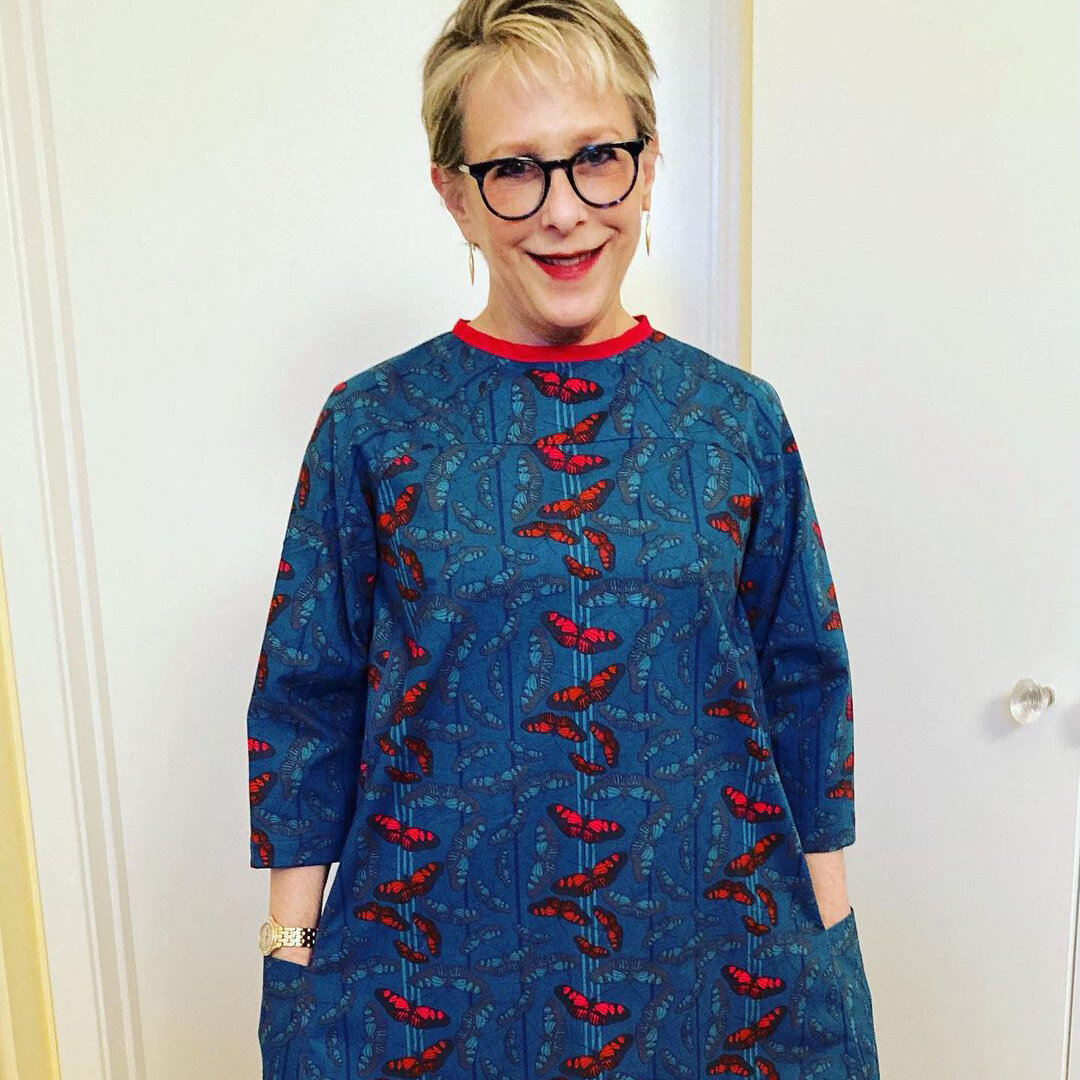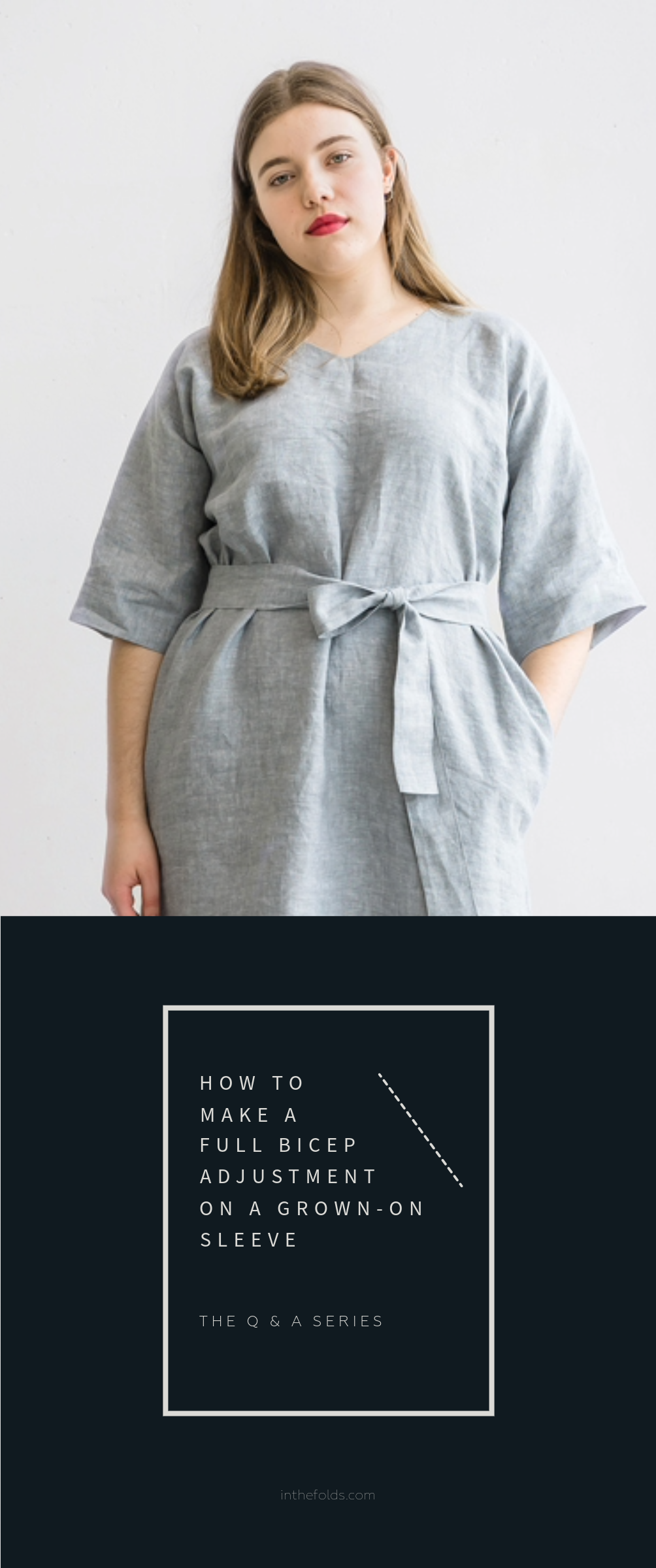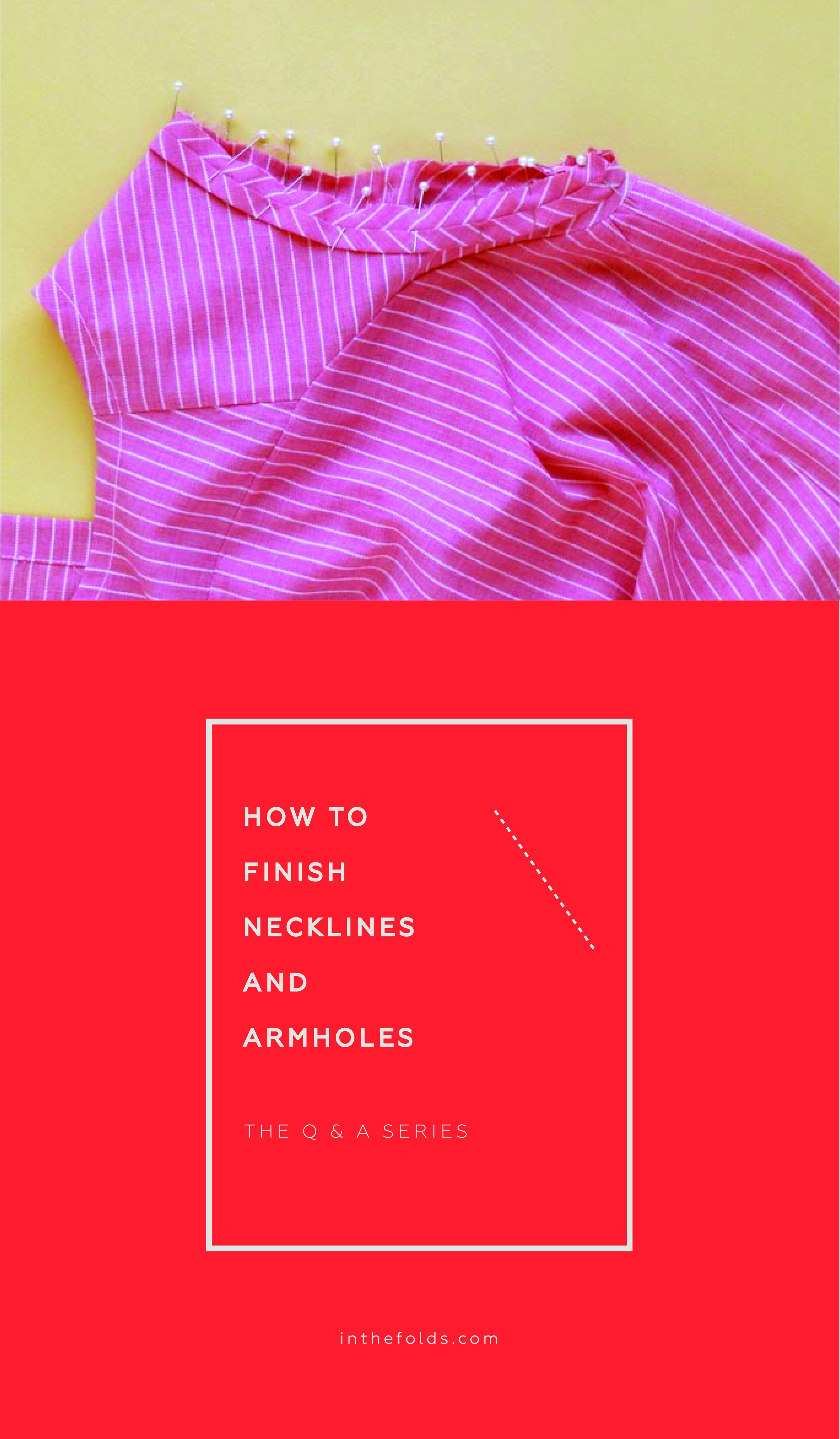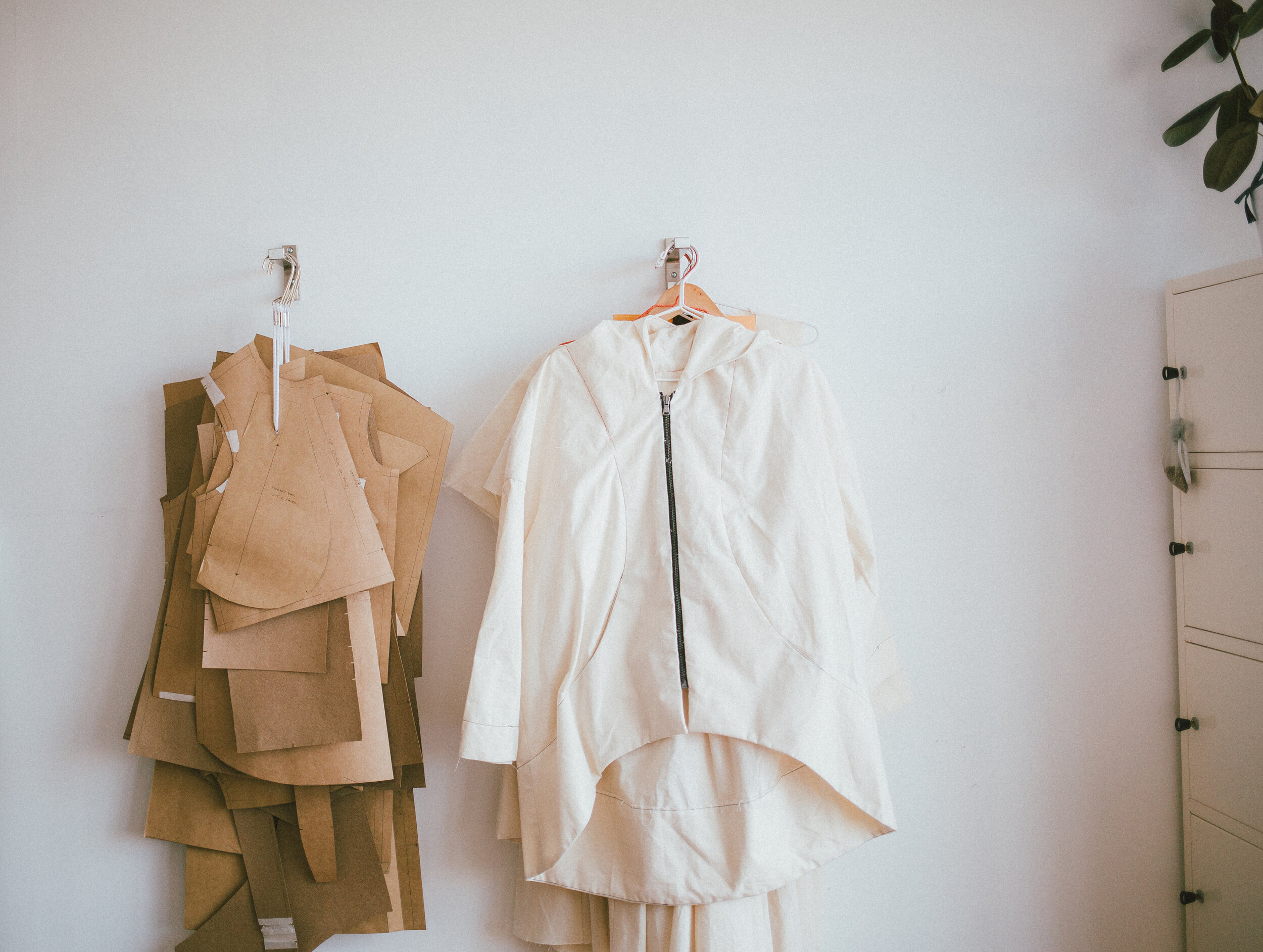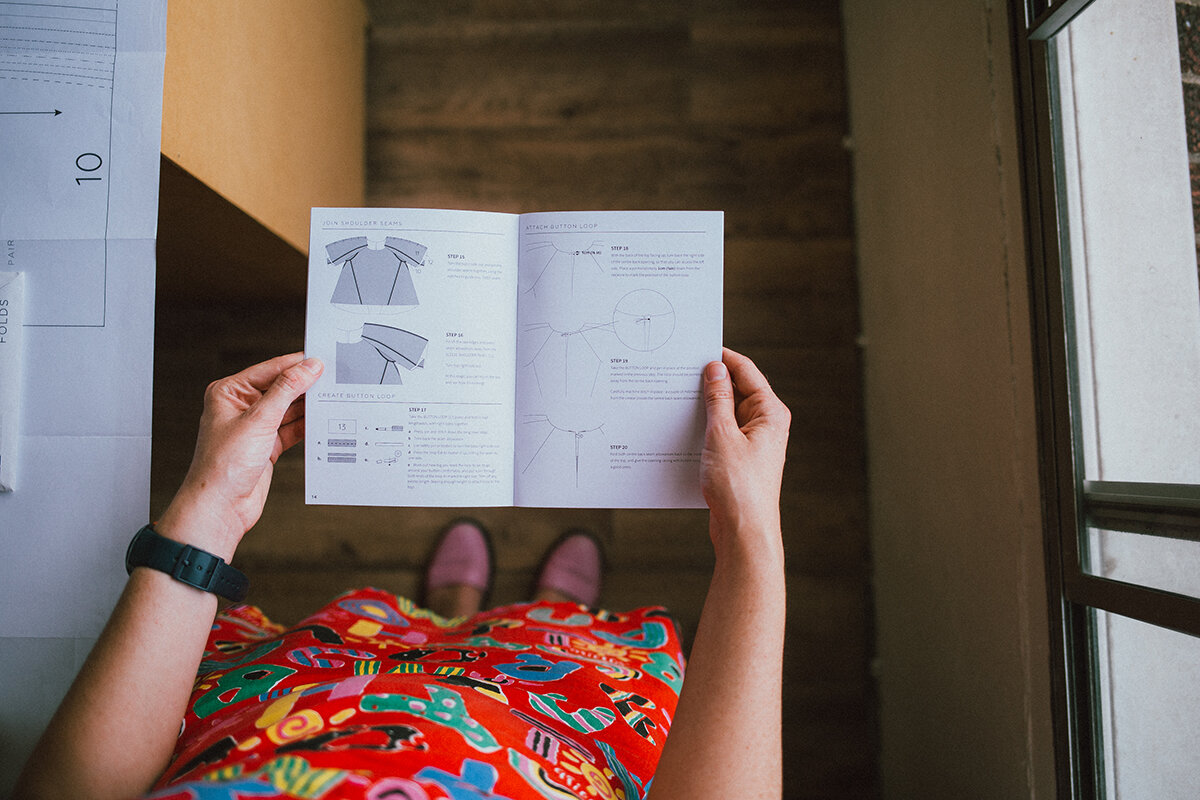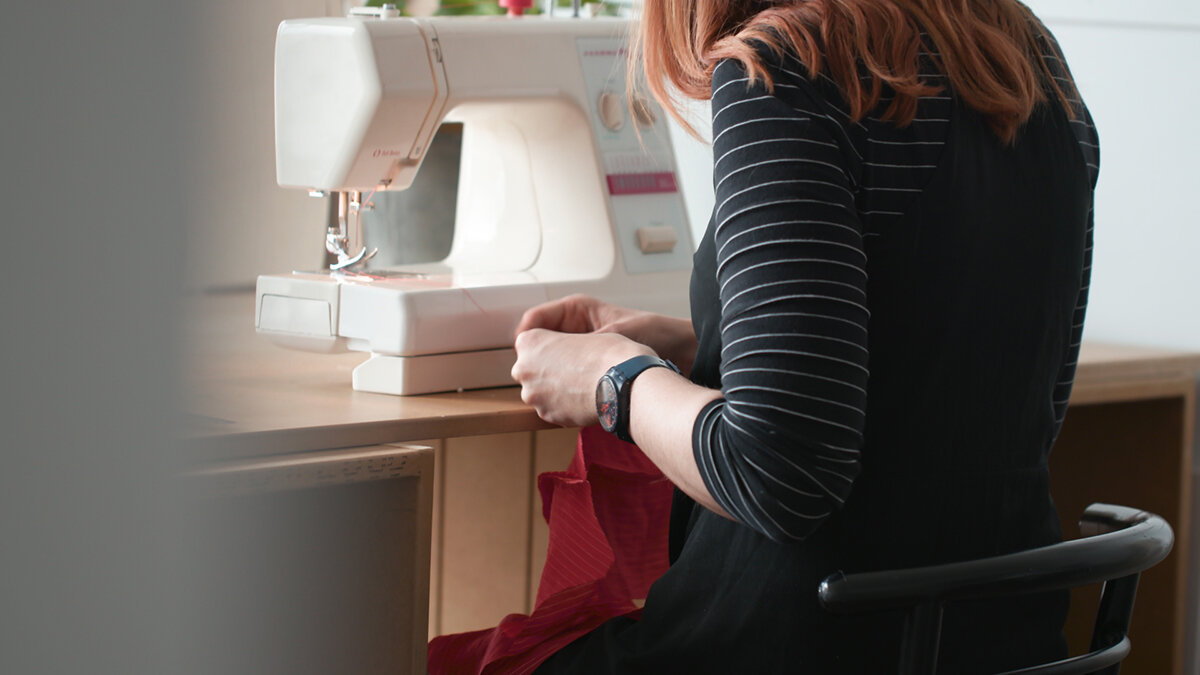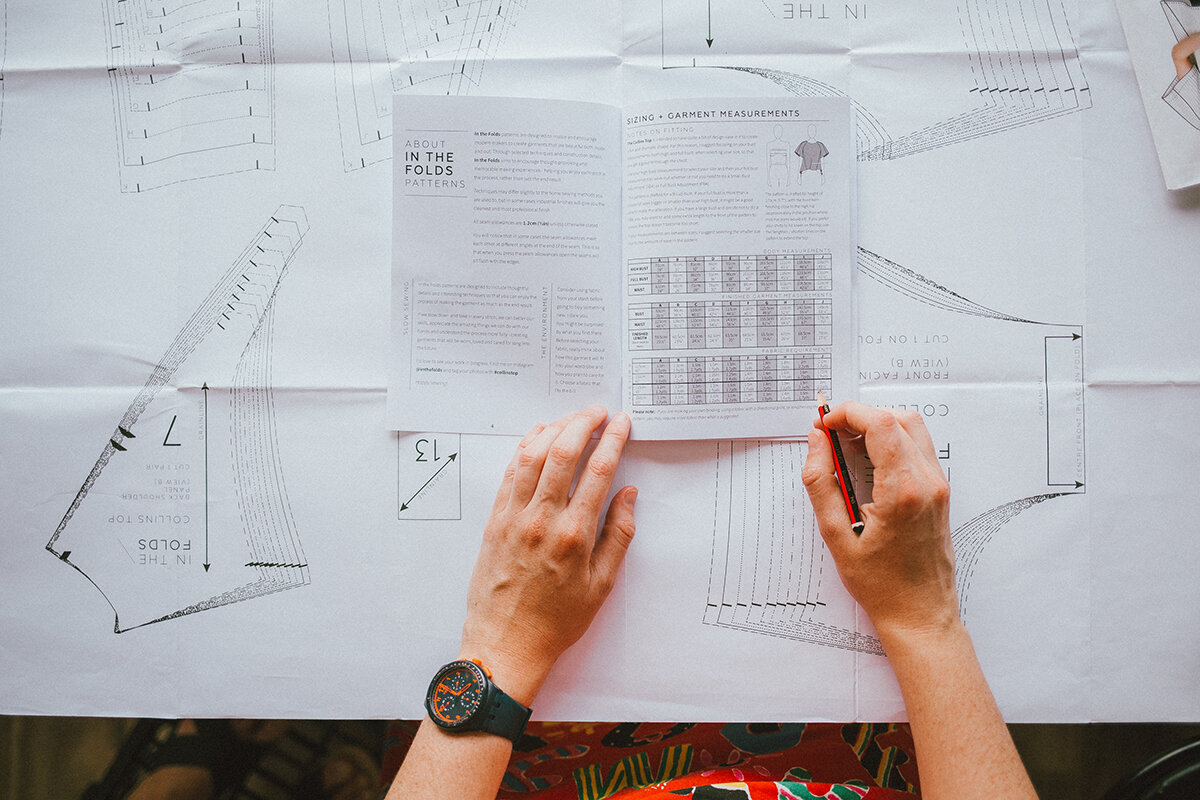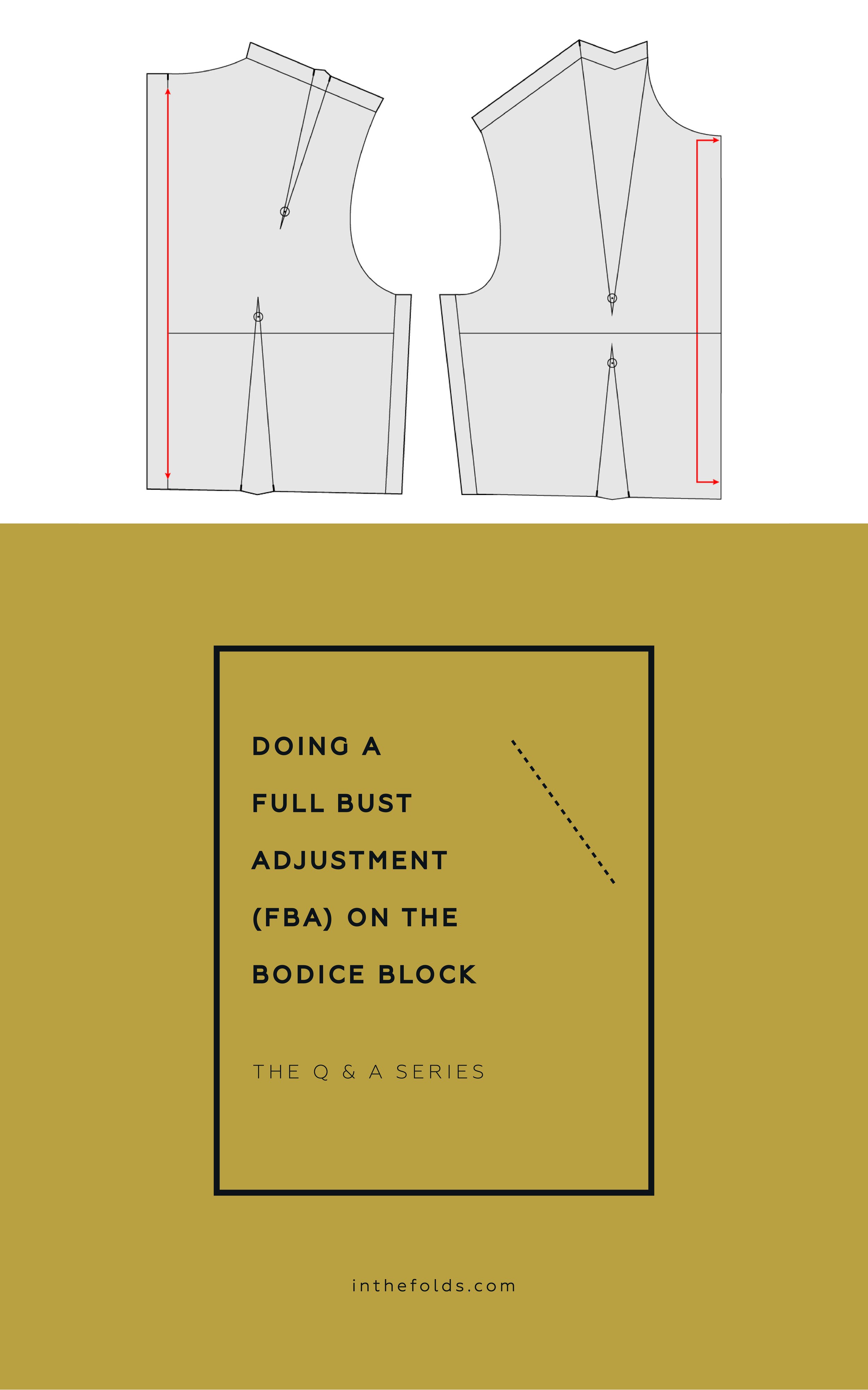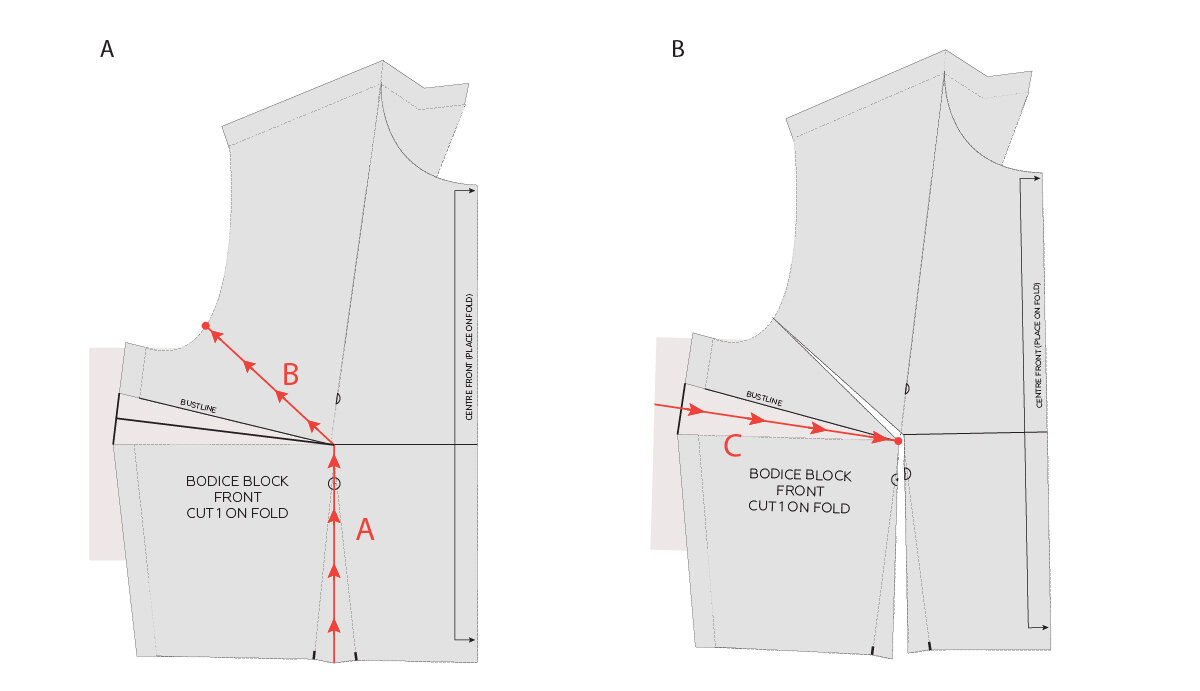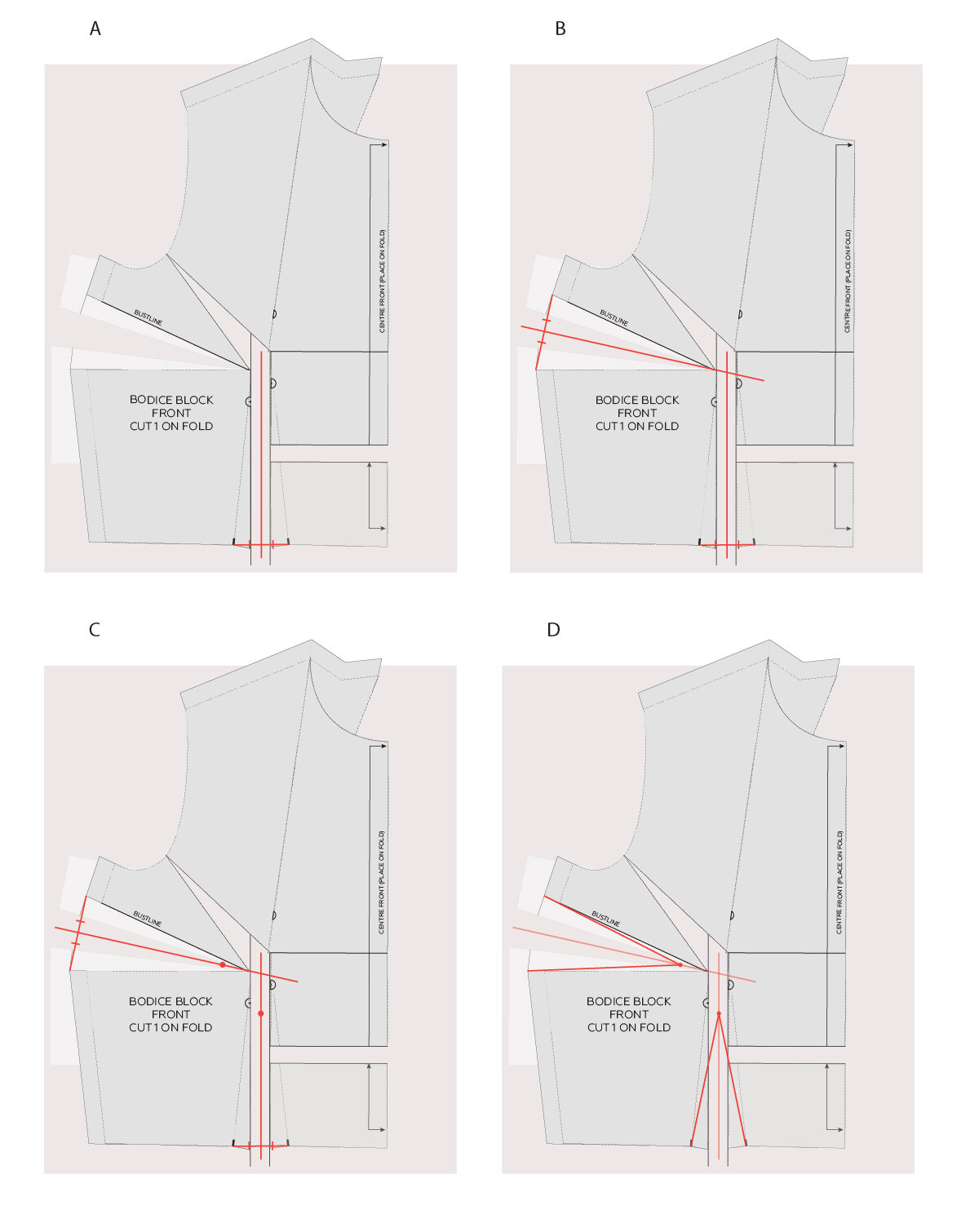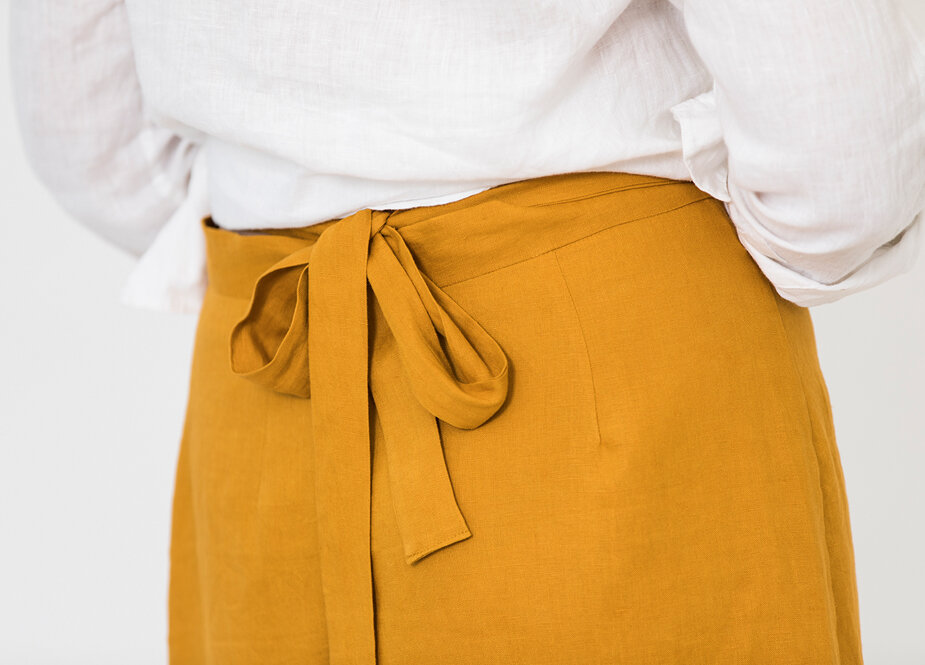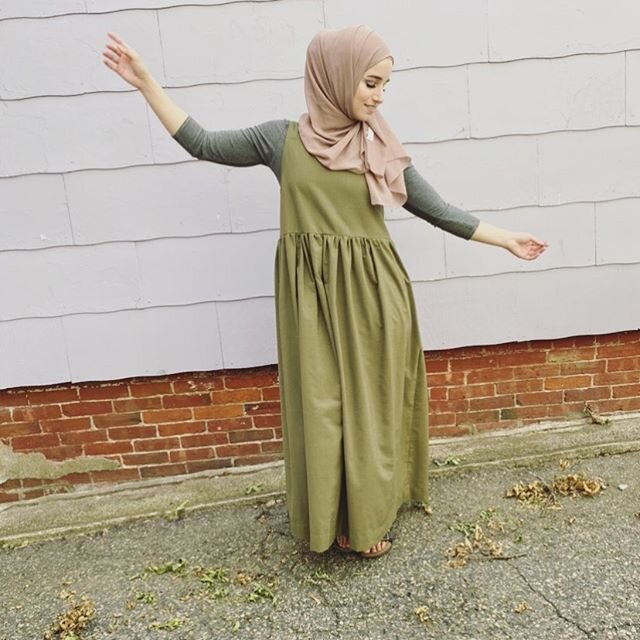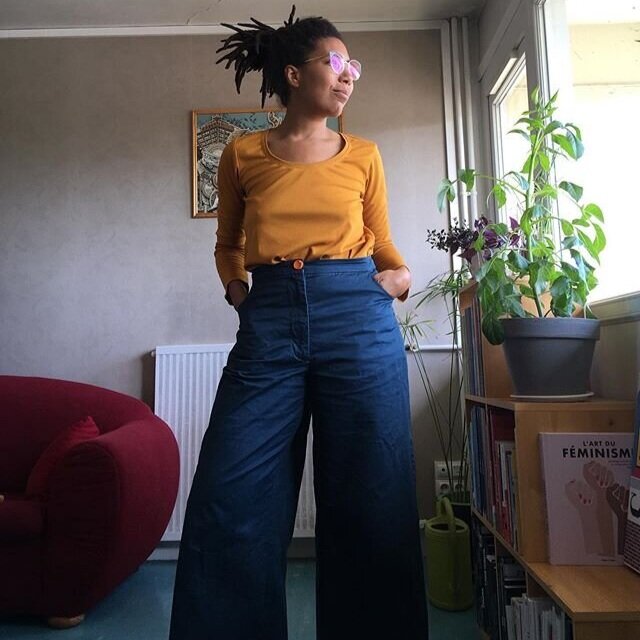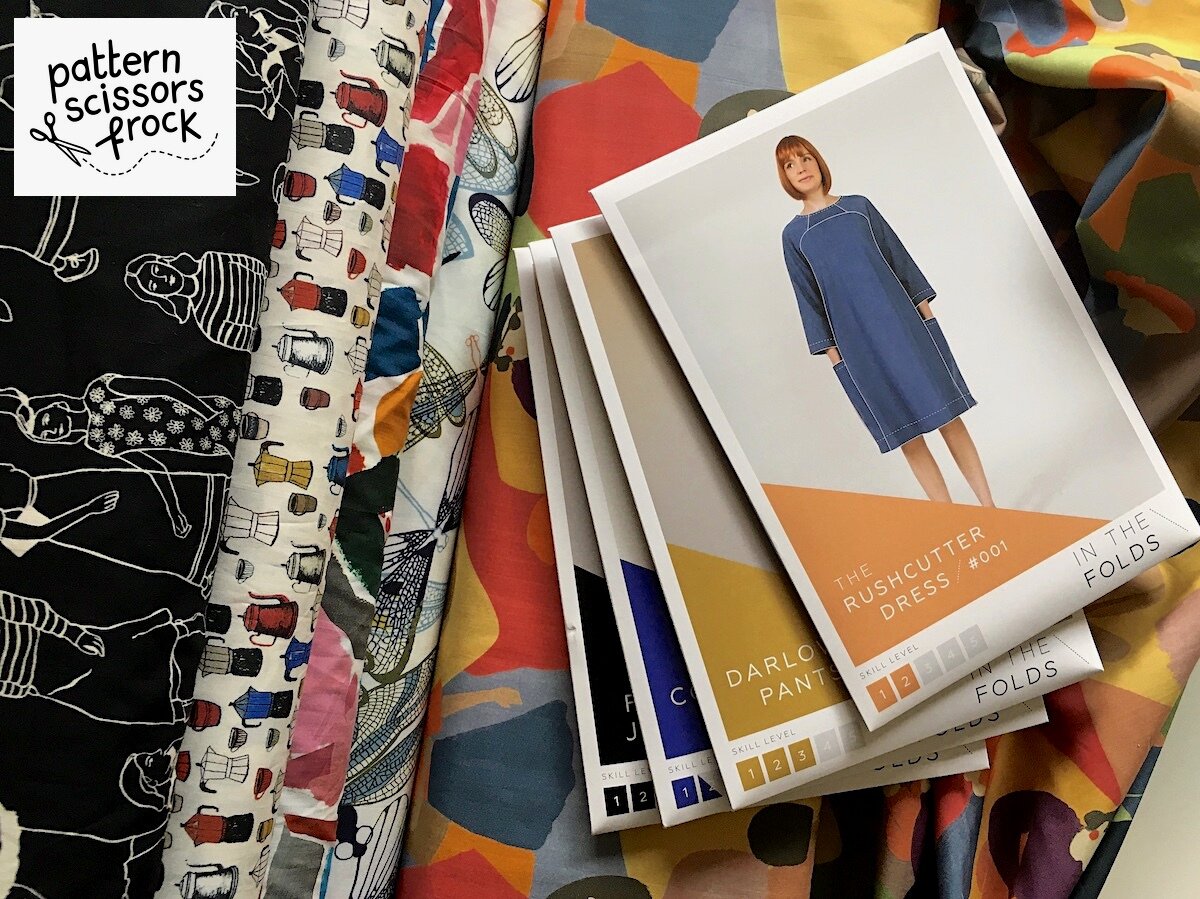Hi Emily
A question about the Rushcutter dress pattern: I like the idea of long sleeves, button-up yoke and in-seam pockets, which is essentially a mash-up of views A and B. I haven't yet purchased the pattern and, before I do, would like to know whether these adjustments are achievable. I am comfortable at level 4 degrees of difficulty.
Many thanks,
Denise
Hi Denise,
Thank you very much for getting in touch.
I love the idea of a pattern mash up between the two versions of The Rushcutter.
A LITTLE BIT ABOUT IN THE FOLDS PATTERNS
If you have used the Rushcutter pattern, you will know that both stitching line and cutting lines are marked on the pattern.
WHY IS THE STITCHING LINE MARKED?
When I first decided to start creating sewing patterns for home sewers, one of the first decisions I made, before I even started sketching, was that I wanted to create patterns that would help sewers develop their skills, in both sewing and pattern making.
By including the stitching lines on each pattern piece, it makes it much easier to understand how the pattern was originally made, but also allows for easy adjustments and 'hacking' to the pattern (as all pattern alterations should be done without seam allowance added to the pattern).
In the image you can see that the stitching line is marked with a red line, while the cutting line (outside edge of the pattern) is marked with a thick black line. If you wanted to make changes to this particular pattern piece, you could simply cut along the stitch line to remove the seam allowance, and the piece would be ready to be altered.
UNDERSTAND YOUR PATTERN
Before making any adjustments to a pattern, I always suggest having a good idea of how the pattern works and fits in its original design.
For this example, have a look at how the button placket works on View B, before adding it to View A. This is a photo of how it looks when it is finished, and below you can see how the pattern piece works.
THE BUTTON PLACKET
As you can see, the button placket is made up of three sections that fold to create the button placket. The first (closest to the centre back) is 1cm (⅜in) from the centre back. This is the first fold line. The next line is 2cm (¾in) from the first fold line and is the second fold line (the buttons and buttonholes will be placed between these two lines). The third line is 1cm (⅜in) from the second fold line and is the edge of the pattern piece.
When the piece is cut, the first fold line is folded and pressed towards the centre back.
The second fold line is folded and pressed, enclosing the raw edge inside, creating a button placket.
To finish, the buttons and button holes are placed on the centre back line.
MAKE THE ADJUSTMENT
To make the change on your pattern:
STEP 1
Take the 'UPPER BODICE' pattern piece from View B, and cut along the centre back line, removing the placket from the pattern.
If you would like to keep the pattern intact, simply trace a copy of the placket section onto a seperate piece of paper.
STEP 2
Now that you have removed the placket, you can get your sleeve pattern (from View A) ready.
ATTACH PLACKET TO SLEEVE
You will be placing the right edge of the placket onto the centre back of the sleeve pattern (the stitch line).
STEP 3
Line the placket up with the centre back of the sleeve pattern and tape or glue in place.
You will cut the seam allowance off the back piece so that you can cut the lower back piece on the fold (you no longer need the seam allowance required for the zip).
And that's it... Your Rushcutter is ready for buttons instead of a zip!
IF YOU DON’T HAVE THE PLACKET PIECE FROM VIEW B
If you have already printed your pattern, and then decided to change from zip to buttons, and don't have the pattern pieces from View B, do not worry! It is super simple to create the placket piece, with the help of a pencil and a ruler.
REMOVE THE SEAM ALLOWANCE
STEP 1
Take your sleeve pattern and remove the seam allowance from the centre back seam (by cutting along the stitch line marked on the pattern).
STEP 2
Take a small piece of pattern paper, and tape it to the centre back of the pattern, creating space for your placket.
CREATE THE PLACKET
STEP 3
a Draw a line 1cm (⅜in) from the centre back, running parallel to the centre back.
b Drawing a second line, 2cm (¾in) from the first.
c The final line will be drawn 1cm (⅜in) from the second line.
COMPLETE THE PLACKET SHAPE
STEP 4
Extend the top and bottom edges of the sleeve pattern to complete the placket shape.
Cut off any excess paper.
ADD PATTERN MARKINGS
Complete the placket by adding button / buttonhole placement markings.
And you are ready to sew!
Happy sewing!
Emily
resources mentioned in this issue
The Rushcutter dress pattern - can be found here.
P.S. Would you like to know what the Q & A series is all about? This page tells you a little bit more about the motive behind the series. Past issues from the Q & A series can be found here.
Don't have a question, but found this newsletter helpful? I'd love to hear from you! Get in touch and say hi.
What you’ve been making
Hacked Peppermint peplum top made by @freya_alderson
Peppermint everyday dress made by @i.hope.sew
Collins top made by @ci424








